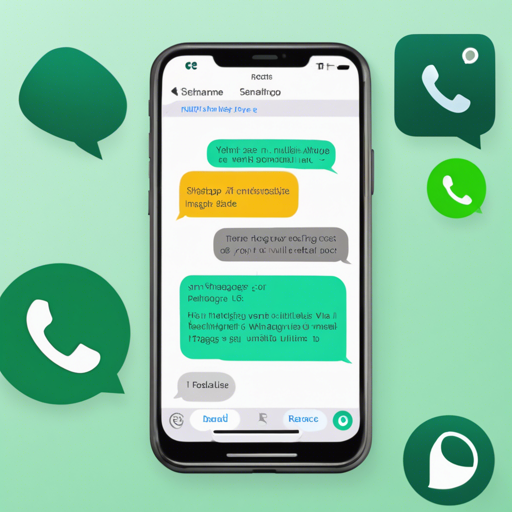This is an open-source project aimed at replicating the WhatsApp application using the React Native library, which is maintained by Facebook. While the goal is to create a production-like application, it serves primarily as a study tool for development practices.
Project Stack
- React Native
- Redux
- Redux Thunk
- React Native Router Flux
- Firebase
Getting Started
To kickstart your journey in developing this WhatsApp clone, follow these steps:
git clone git@github.com:filipenatanael/whatsapp-clone-react-native.git
cd whatsapp-clone-react-native
npm install
react-native run-android
Alternatively, if you’re working on iOS, use:
react-native run-iosFirebase Configuration
Firebase is crucial for the operation of this WhatsApp clone. To configure it, rename
FirebaseSettings.js.exampleto
FirebaseSettings.js, then insert your Firebase API Key and other settings as follows:
export const config = {
apiKey: 'YOUR-FIREBASE-API-KEY',
authDomain: 'YOUR-FIREBASE-DOMAIN',
databaseURL: 'YOUR-FIREBASE-DATABASE',
projectId: 'YOUR-FIREBASE-PROJECT-ID',
storageBucket: 'YOUR-FIREBASE-STORAGE',
messagingSenderId: 'YOUR-FIREBASE-MASSAGING',
};Understanding Firebase Structure
The structure of Firebase essentially organizes your data much like a well-arranged library catalog. Each section represents a distinct category or topic within your library. The main sections in this app include:
- Messages: Think of this as the messages on the shelves. Each entry represents a conversation, complete with individual messages and their types (send or receive).
- User Conversations: This is akin to a summary page for all conversations a specific user has, listing their latest interaction.
- Users: This section showcases the different individuals in your library, like authors in a catalog.
- Users of Contacts: Just like your personal address book, this holds information on friends and their respective profiles.
Troubleshooting Tips
If you’ve followed all the steps and run into issues, here are some troubleshooting ideas:
- Check if you have correctly installed all the necessary dependencies. Running
npm installcan help resolve missing package issues. - Ensure your Firebase configuration is correct. A typo in API keys or other configuration parameters can lead to connectivity issues.
- Look into your React Native environment setup. Sometimes, platform-specific issues arise based on whether you’re running it on Android or iOS.
- For consistent access to the latest insights or to work collaboratively on AI development projects, stay connected with fxis.ai.
References
At fxis.ai, we believe that such advancements are crucial for the future of AI, as they enable more comprehensive and effective solutions. Our team is continually exploring new methodologies to push the envelope in artificial intelligence, ensuring that our clients benefit from the latest technological innovations.

